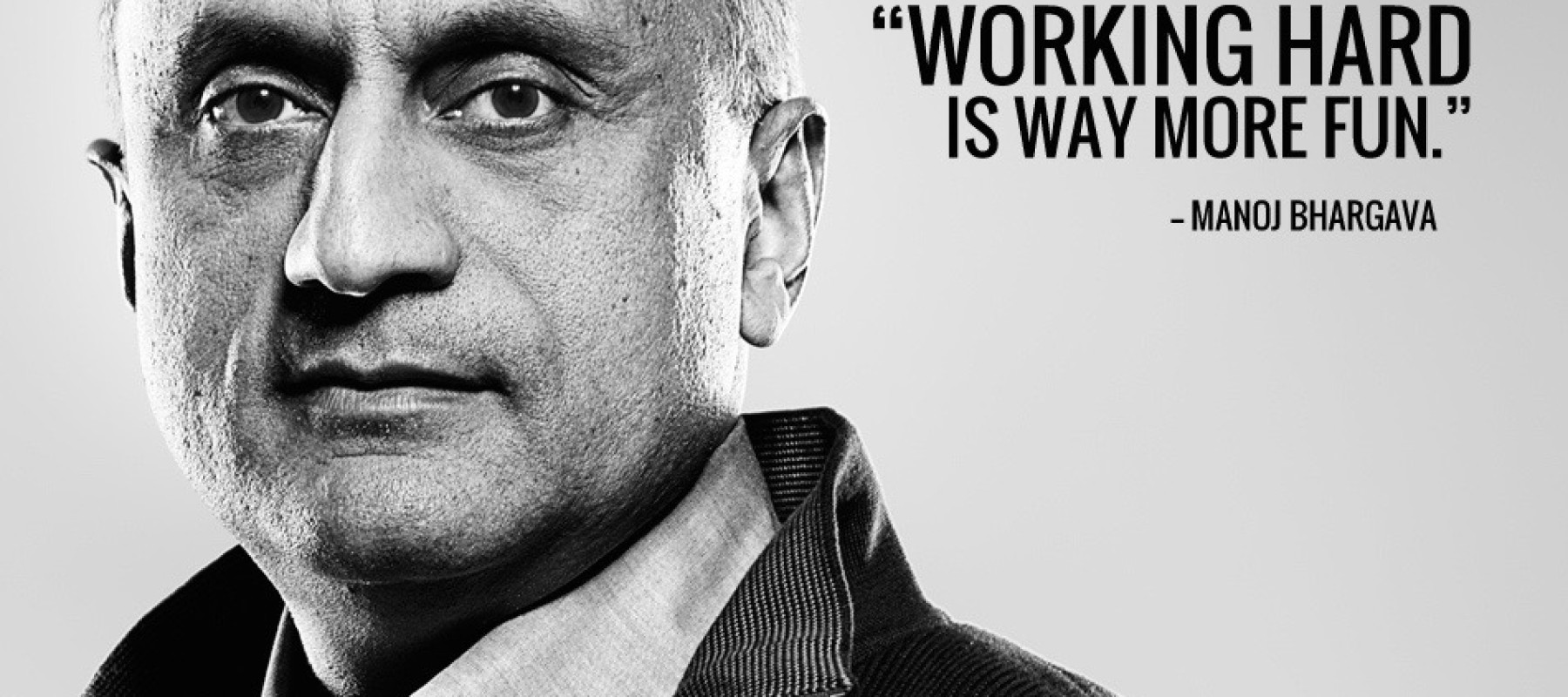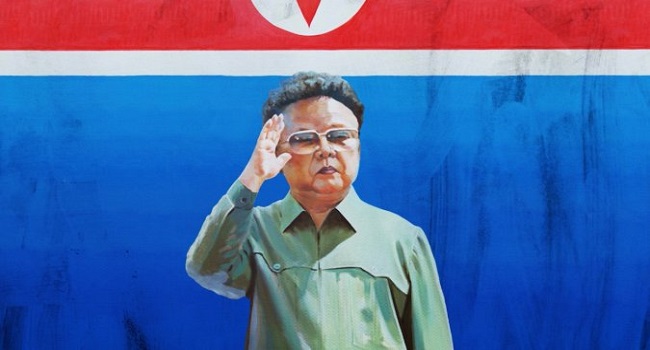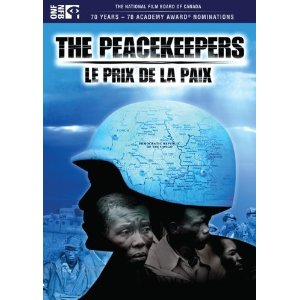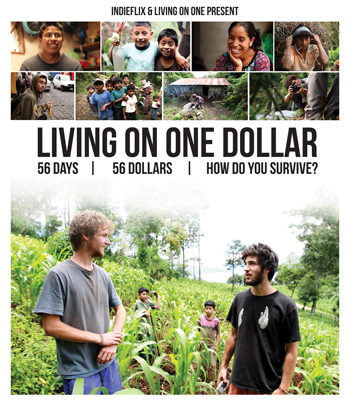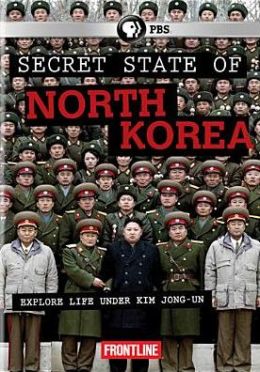
What does it mean to be a woman in modern India?
The World Before Her looks at the clash of cultures in India. As the film puts it, there is the Western world vs. Hindu traditions.
To emphasize these competing cultures, the filmmakers present us with two very different options available to Indian women. One is a girls’ Hindu nationalist camp; the other is the Miss India beauty contest.
“Every year thousands of girls attend camps run by Durga Vahini, the women’s wing of the largest Hindu nationalist group,” says the film.
The filmmakers were the first ones allowed to film inside this camp. The girls, mostly teen-agers, are devout and enthusiastic. (For example, these girls train for 2.5 hours each day, in the heat!) They learn self defence; the reasoning being if they can defend themselves, they can defend a nation.
“Where has the self-respect of Indian women gone?” asks one girl. “We don’t know who we are any more.”
This question is actually a swipe at the Miss India contest, where 20 young women compete each year. These women also undergo training; they have a strict diet, exercise and grooming routine for 30 days.
“In India, few avenues offer women financial stability or equality with men,” says the film. “The beauty business is one of them.”
These women are intelligent and well-spoken. This experience, they feel, gives them the respect they need to get by on their own in life. More than one girl says she wants to make her parents proud.
“Women need to be given the choice,” she says.
The cultural pull is strong and hangs heavy over both the training camp and the beauty pageant. One of the filmmakers asks a father if he’s considered what his daughter wants. His reply: “I don’t know what she wants or doesn’t want and it’s not important. Marriage is her duty.”
This is a thoughtful film that tries not to take sides. What it will do, though, is leave you cheering for women who try to find their way.
The World Before Her (2012), 91 mins. Written & directed by Nisha Pahuja. Kinosmith, Telefilm Canada and The Rogers Group of Funds through the Theatrical Documentary Program.
